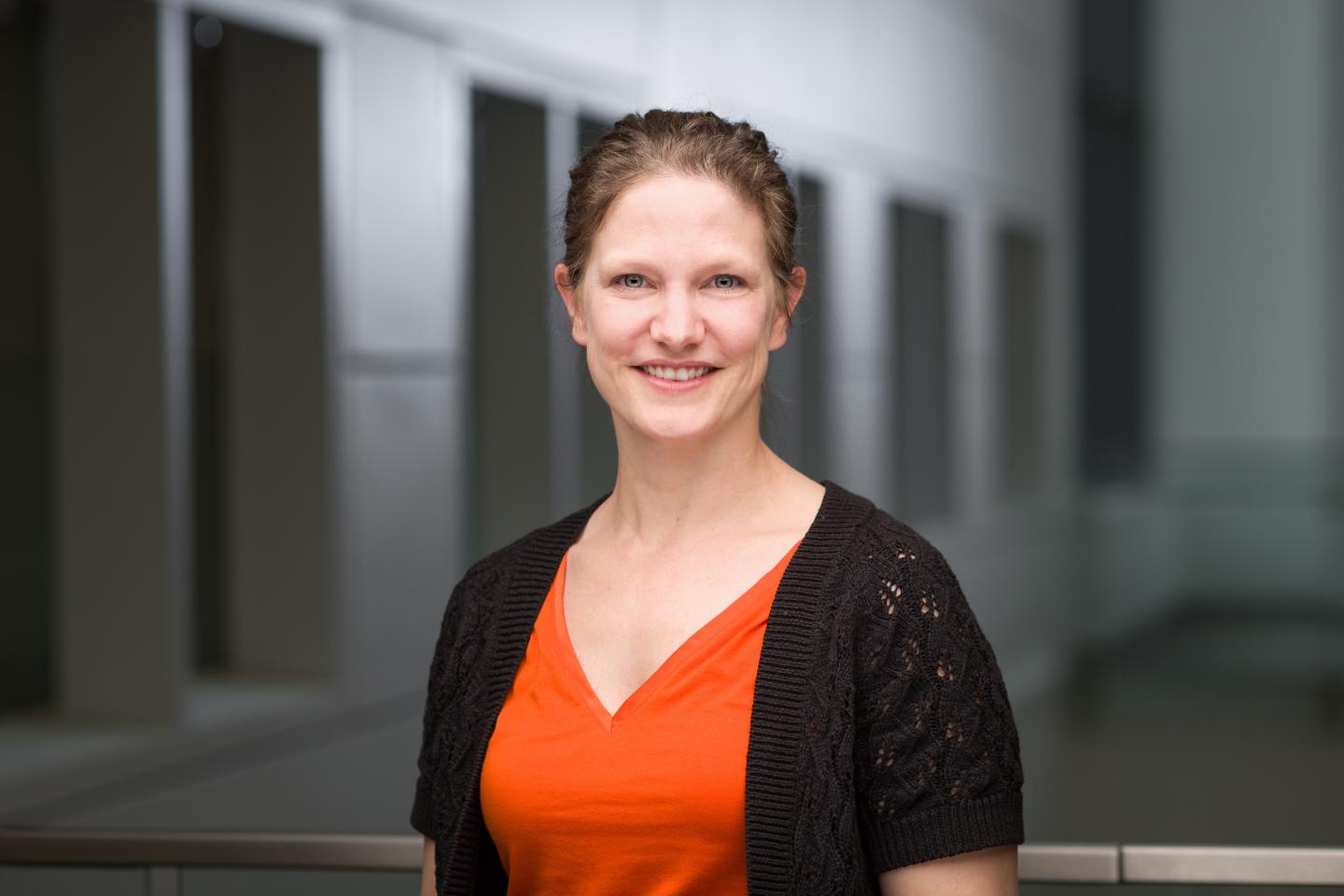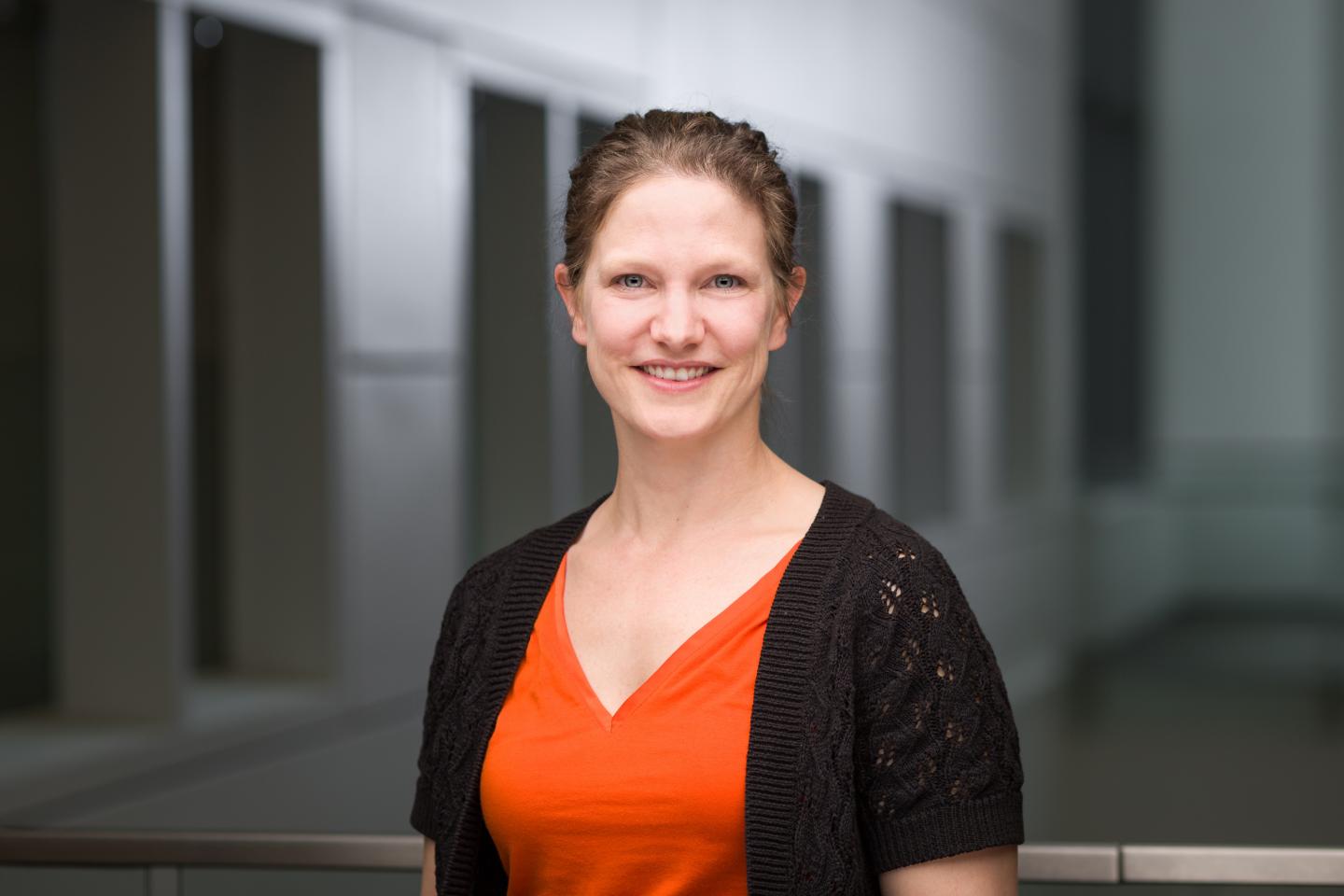
Credit: The Dartmouth Institute
When a new model of care delivery is introduced into the healthcare system an important measure of success is how well it aligns with population needs, and how well it serves those with the highest needs. Although such models have the potential to improve care for the nation's most vulnerable patients, evidence has shown that care delivery reform models could actually widen healthcare gaps across communities because doctors in areas with low resources may choose not to participate.
Researchers from The Dartmouth Institute for Health Policy and Clinical Practice examined participation in the Centers for Medicare & Medicaid Services' Comprehensive Primary Care Plus (CPC+) program to determine what types of practices joined the CPC+ model. The study also compared hospital service areas with and without CPC+ practices. The CPC+ model is a voluntary multipayer model that combines primary care redesign with efforts to restructure payment through prospective care management payments and performance-based incentives for care improvement. It is also the largest test by the CMS of an advanced primary care medical home model.
The research team compared CPC+ practices with other primary care practices operating within the 14 eligible regions that the CMS designated for participation. The CPC+ program operates statewide in 11 states and in select counties in 3 additional states.
Among the research team's findings recently reported in JAMA Network Open:
- The CPC+ model attracted small practices, and most were owned by a health system.
- Compared with areas with a CPC+ practice, areas without CPC+ practices were characterized by disadvantages, including a lower median income ($43, 197 vs $57, 206), a higher share of households living in poverty (18% vs 14%), as well as, a lower proportion of residents who had attained college or post-secondary education, a higher proportion of disabled residents, higher participation in Medicare and Medicaid, and a higher average proportion of uninsured residents.
- Medicare fee-for-service enrollees in areas without a CPC+ practice had significantly higher use of inpatient discharges overall and potentially avoidable discharges than enrollees in areas with a CPC+ practice.
"Although the goal of the program is to give practices more financial resources to make more flexible investments to improve the quality of care, our findings suggest the practices most in need of additional resources may not access them," said Dartmouth Institute research scientist and the study's lead author Taressa Fraze, PhD.
The researchers said that several features of the CPC+ model could contribute to this misalignment of the program with needs, including that clinics that serve vulnerable population, such as federally qualified health centers and rural health clinics, are excluded from the program.
"We could be looking at a bit of a cycle, in which practices that serve vulnerable populations have lower capacity and fewer resources to invest in in the intensive transformation activities the program model requires," Fraze said.
###
For the full study: https://jamanetwork.com/journals/jamanetworkopen/fullarticle/2703943
Media Contact
Paige Stein
[email protected]
603-653-0850
@DartmouthInst
http://www.tdi.dartmouth.edu
Related Journal Article
http://dx.doi.org/10.1001/jamanetworkopen.2018.2169





